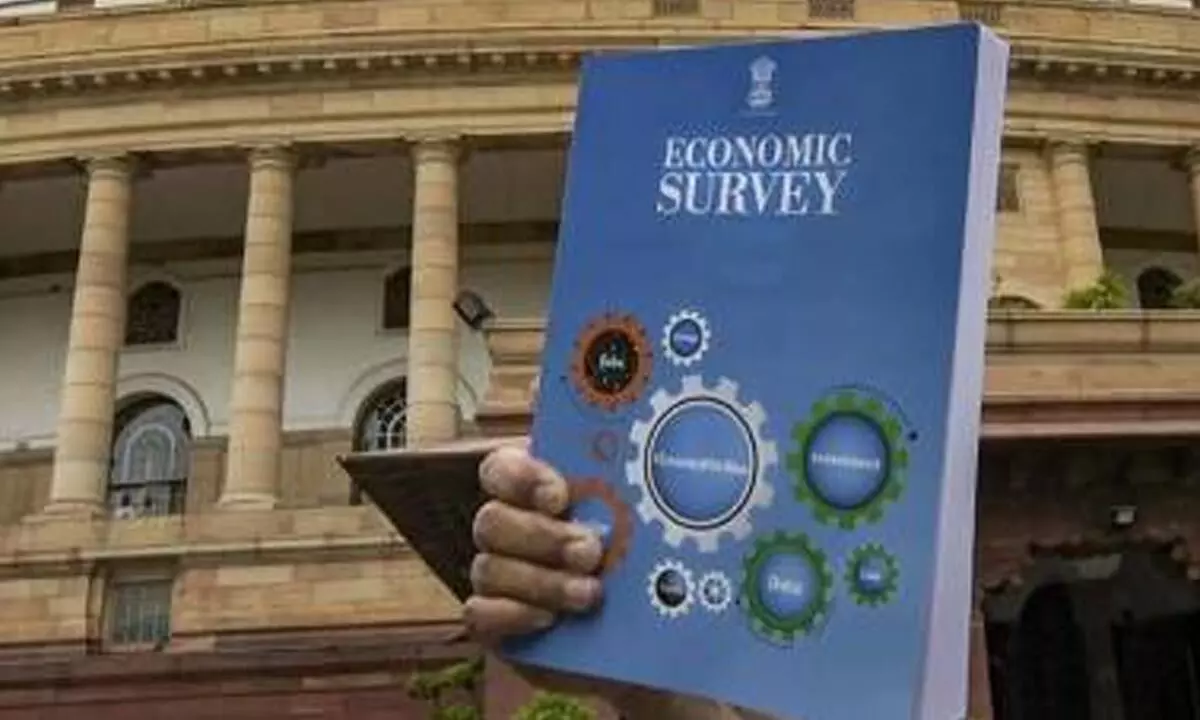Persist with capex and economic reforms
The latest gross domestic product (GDP) growth figures once again underline the Achilles’ heel of the Indian economy: manufacturing. At the same time, the data also suggests resilience in agriculture.
image for illustrative purpose

The latest gross domestic product (GDP) growth figures once again underline the Achilles’ heel of the Indian economy: manufacturing. At the same time, the data also suggests resilience in agriculture.
Manufacturing suffered a 1.1 per cent contraction in this sector that depressed the GDP growth rate to 4.4 per cent in October-December 2022-23. The farm sector, on the other hand, grew by 3.7 per cent. In the first quarter, the growth rate was 2.5 per cent and in the second, 2.4 per cent.
The data, by the National Statistical Office (NSO) this week, also showed weaker private consumption demand and lower government expenditure. Economic expansion has been slowing down this fiscal; from 13.2 per cent in the April-June quarter, it came down to 6.3 per cent in July-September and is now at 4.4 per cent.
India, like other economies, has been facing headwinds since the beginning of the current fiscal. The unabated war in Ukraine has brought immense misery to the people of that country in terms of human life and physical devastation; but the rest of the world has also suffered because of the higher oil prices that have been imposed on the importing nations. Besides, there have been disruptions in supply chains.
In our country, input costs soared, as did retail inflation. This let to rate hikes by the Reserve Bank of India, which further put pressure on growth. Despite this vicious cycle, for 2022-23 the NSO pegged the growth rate at seven per cent. A day later, Chief Economic Advisor V. Anantha Nageswaran went on to say that the GDP growth for the current fiscal will exceed the projected seven per cent. That may be true but it is indisputable that manufacturing is weak. Just like GDP, it has been declining in 2022-23—from 6.4 per cent in the first quarter to -3.6 per cent in the second, and -1.1 per cent in the third.
The silver lining, however, is that the capital goods segment in the index of industrial production has been doing well. In the first three quarters of the current fiscal, capital goods rose by 14.1 per cent. What makes this figure look even better is the fact that in April-September 2021-22, growth was 24.3 per cent. This means that capacities are being added to the economy, which will have a good effect on growth in the middle, if not short run.
The Centre’s emphasis on infrastructure building and higher capital expenditure seems to have boosted capital goods. Once the projects start getting completed, they will have a galvanizing effect on the entire economy - by way of improved logistics, the beneficial impact on local economies, the resultant stimulus to the economy at various levels, employment generation resulting in more spending and more impetus to the economy.
Reductions of personal tax liabilities, as introduced in Budget 2023-24, are further likely to bring about the virtuous cycle of brisker economic activity and prosperity. Resilience in the farm sector also suggests that the fruits of infrastructure building and high growth (India is expected to be the fastest growing major economy in the near future) will be widely shared.
The only thing the government has to do is stay the course on higher capital expenditure and economic reforms.

